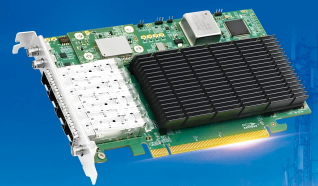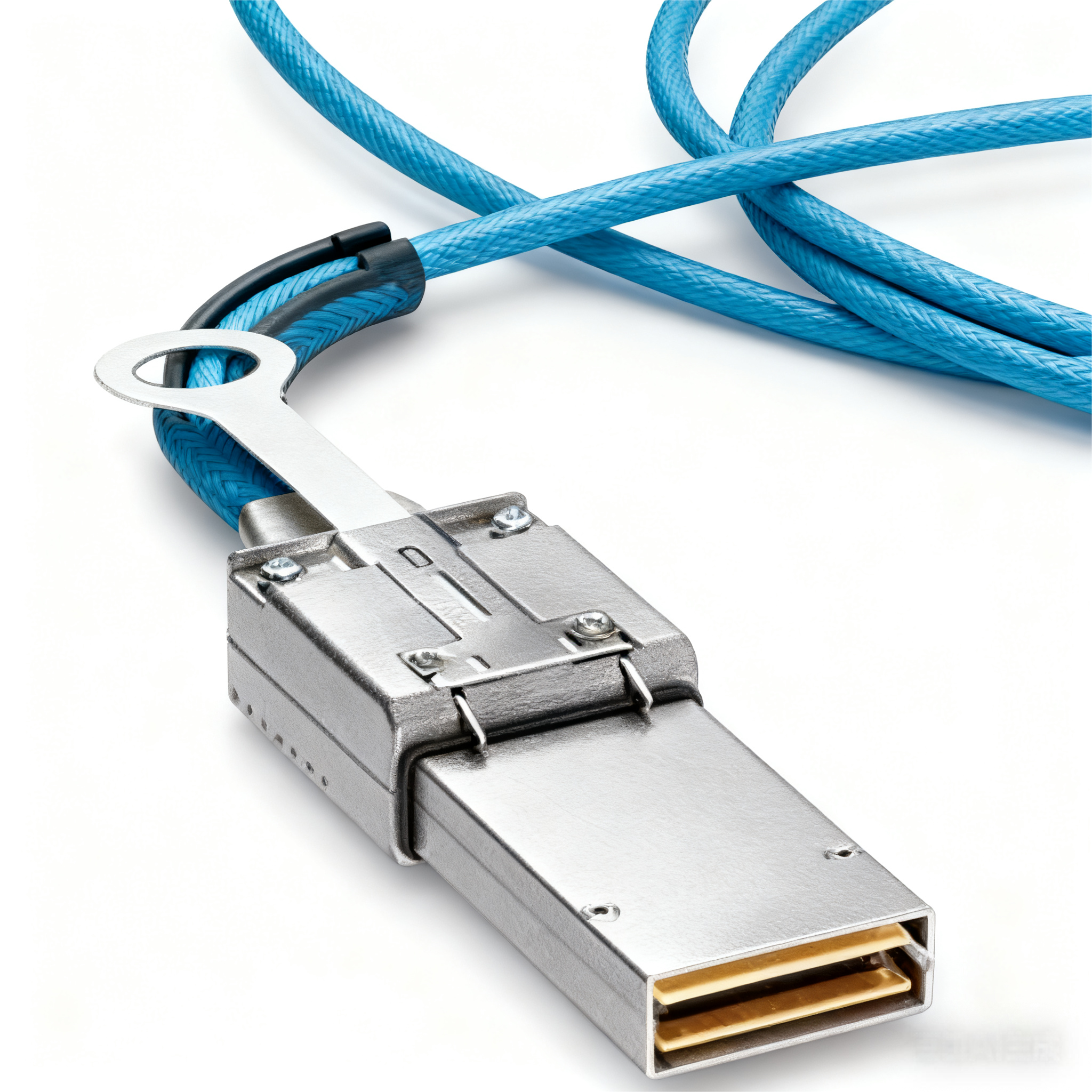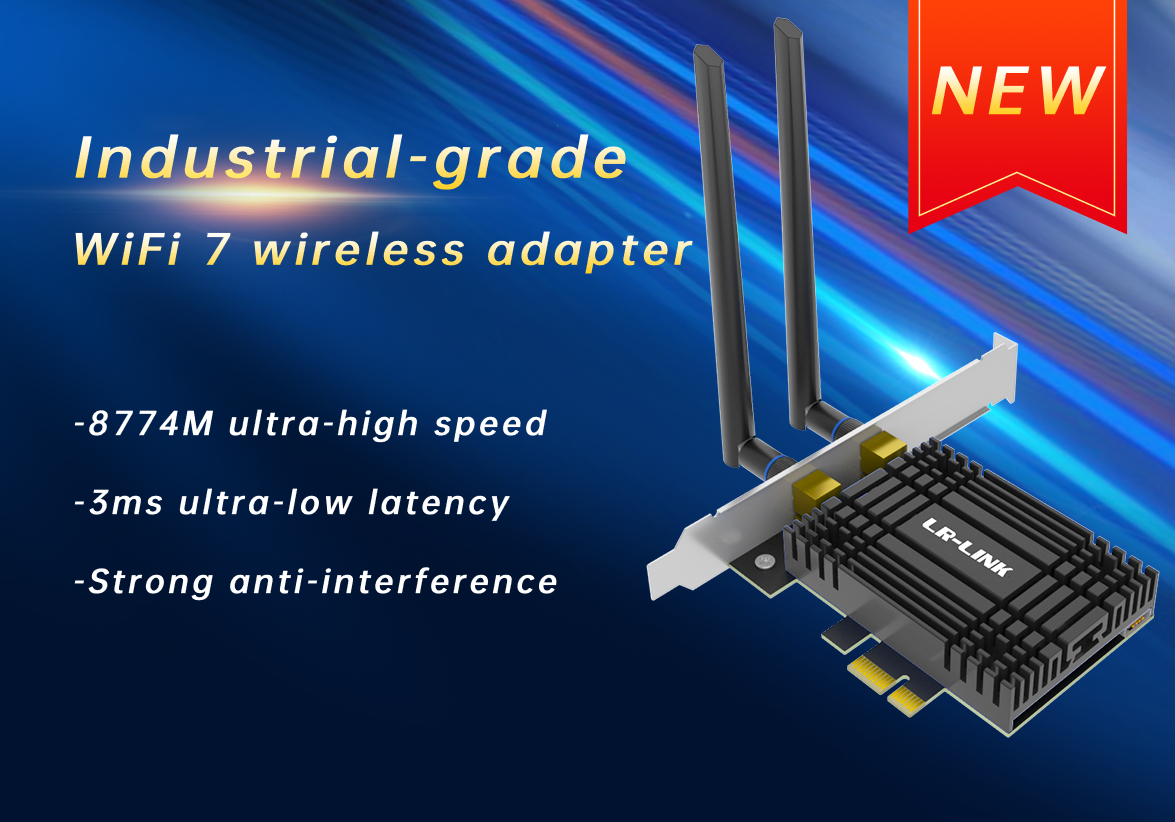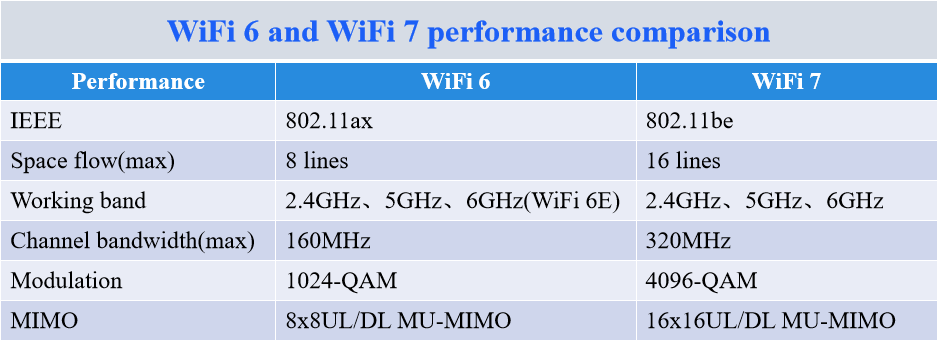





LR-LINK's first self-developed industrial-grade WiFi 7 wireless adapter is officially released. It features ultra-high speed, ultra-low latency, and strong anti-interference, enabling applications such as industrial automation, industrial Internet of Things, smart buildings, telemedicine, and the Yuanverse.
 On January 8, 2024, the WiFi Alliance officially announced the launch of the WiFi CERTIFIED 7 certification program, marking the arrival of a new era of interconnection.Following WiFi 6E, LR-LINK’s new generation PCIe4.0 x1 WiFi 7 and BT5.4 wireless adapter (model: LRIWF-BE200) was officially released today, featuring high speed, low latency, anti-interference and many other aspects , bringing a new experience to users.
On January 8, 2024, the WiFi Alliance officially announced the launch of the WiFi CERTIFIED 7 certification program, marking the arrival of a new era of interconnection.Following WiFi 6E, LR-LINK’s new generation PCIe4.0 x1 WiFi 7 and BT5.4 wireless adapter (model: LRIWF-BE200) was officially released today, featuring high speed, low latency, anti-interference and many other aspects , bringing a new experience to users.

LRIWF-BE200 uses Intel BE200 chip and introduces MU-MIMO technology to allow the network to support up to 16 data streams, which is equivalent to widening the original 8 lanes of WiFi 6 to 16 lanes, which can be called the "interstellar highway". At the same time, it supports three frequency bands of 2.4/5/6GHz, and the wireless rate is up to 8774Mbps, which can match the 10G bandwidth rate.
Supports 320MHz ultra-wide channel, which is twice as wide as the previous generation WiFi 6’s widest channel (160MHz), obtaining greater bandwidth, reducing network congestion, and reducing latency to 3 milliseconds. For example, if the WiFi 6 channel allows 1,960 cars to drive side by side at one time, then WiFi 7 allows 3,920 cars, increasing efficiency by 100%.
Supports collaborative scheduling among multiple APs (wireless access points), and uniformly coordinates time domain, frequency domain and other resources and interference. When the equipment moves from workshop A to B, it is still connected to the AP in workshop A. The full signal in workshop B cannot be connected at all, and the equipment is easily interfered by insufficient signal. LRIWF-BE200 quickly matches nearby devices through collaborative scheduling of APs to ensure network stability.
In recent years, with the rise of the IoT and the trend of Industry 4.0, the warehousing and logistics industry has gradually introduced automation systems. Industrial-grade WiFi wireless communication technology has been widely used for efficient serial handling equipment and management systems. However, the complexity of the on-site space in the warehousing and logistics environment causes multi-path effects in wireless network signals (the radio signal is divided into two or more copies of the signal), thereby causing interference to the warehousing and logistics sorting equipment.
In order to meet the needs of industry application sites for highly stable WiFi signals, real-time transmission and reception of information. With the introduction of LR-LINK WiFi wireless products, real-time moving automatic guided vehicles (AGVs), autonomous mobile robots (AMR), and automatic storage and retrieval systems (AS/RS) shuttles can be connected through the wireless WiFi network. This enables communication between these devices and the control center.
At the same time, LR-LINK WiFi wireless products use MU-MIMO (Multiple-input and Multiple-output) technology to achieve real-time transmission, reduce multi-path interference and improve the stability of wireless signals. It meets the high-stability and continuous wireless communication requirements for automated sorting applications in warehousing and logistics.
Today, the launch of LRIWF-BE200 will help improve the application efficiency of industrial automation technology, accelerate the digital, networked, and intelligent development of the IoT and industrial automation applications, and promote the arrival of the era of intelligent IoT and Industry 4.0.
